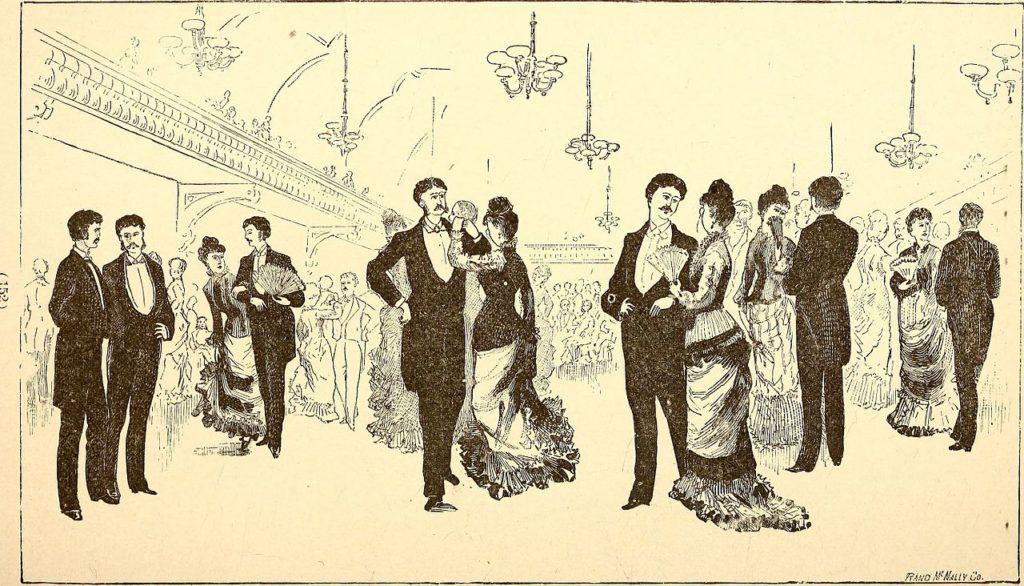Start and Keep a Conversation Going – Introduction
If you work in an English-speaking environment, small talk is a powerful tool. It helps you build relationships, feel more confident and connect with colleagues and clients in a friendly, natural way. But as a non-native speaker, small talk can feel awkward. What do I say? How do I keep the conversation going?

Don’t worry. In this article, I’ll show you how to start and continue small talk at work with practical tips and plenty of examples. You’ll also find links to helpful articles and our community for professionals who use English at work.
Why Small Talk Matters in Business
Small talk is more than just chatting about the weather. It creates trust, builds rapport and helps people feel comfortable. It’s the start of good communication – whether you’re joining a new team, talking to a client or waiting for a meeting to begin.
In English-speaking workplaces, small talk often happens:
-
Before and after meetings
-
In the kitchen or breakroom
-
On video calls while others join
-
In the lift, on the way to lunch or at business events
If you skip small talk, you might seem distant or unfriendly – even if you’re just shy or focused. Learning how to engage in small talk can change how people see you.
Small talk helps you build rapport and trust – key ingredients for good communication at work. If you’re also working on your professional relationships, this article on how to build good relationships with colleagues in English will give you even more tips.
Start Strong: Easy Conversation Openers
Forget complicated phrases. The best openers are short, friendly and relevant to the situation. Here are some ideas:
In the office:
🗨️ “Busy morning?”
🗨️ “How’s your day going?”
🗨️ “Did you manage to finish that report?”
Before a meeting:
🗨️ “Looks like we’re the first ones here.”
🗨️ “Have you worked with this client before?”
On a video call:
🗨️ “Can you hear me OK?” (a natural icebreaker!)
🗨️ “Where are you calling in from today?”
Small questions like these show interest – and open the door for a longer chat.
Small talk often happens in the kitchen or breakroom. If you find those moments tricky, this guide to starting conversations in the office kitchen gives you natural phrases to use.
Keep It Going: Follow-Up Questions and Comments
The key to good small talk is showing curiosity. Use follow-up questions to continue the conversation:
Colleague: “I was working on the quarterly report yesterday.”
You: “Really? How did it go?”
You: “That must have taken a while – what’s the hardest part?”
You can also repeat keywords to build a natural rhythm:
Colleague: “The client’s based in Singapore.”
You: “Oh, Singapore! Have you worked with them long?”
Use the Power of Reflection
Reflecting shows you’re listening and helps the speaker open up more.
Try these phrases:
🗨️ “So it’s been a busy week for you, then?”
🗨️ “That sounds like quite a challenge!”
🗨️ “Sounds like you’re juggling a lot at the moment.”
Know What Topics Are Safe – and Which Ones to Avoid

Some topics are always safe for small talk in a business setting:
✅ Work projects
✅ Weather
✅ Travel
✅ Weekend or holiday plans
✅ Light humour
Avoid personal or sensitive subjects unless you know someone well:
❌ Money
❌ Politics
❌ Religion
❌ Complaints about colleagues or managers
Cultural Tip: UK vs US Small Talk
Small talk styles vary by culture. Here’s a quick comparison:
| Topic | UK English | US English |
|---|---|---|
| Tone | More subtle, indirect | More enthusiastic and open |
| Humour | Often dry or ironic | Often more obvious or friendly |
| Response to “How are you?” | “Not too bad” (means good!) | “Great!” or “Doing well!” |
| Compliments | Used less often | Common and expected |
Common Expressions for Smooth Conversations
Here are useful phrases that native speakers often use in small talk:
| Phrase | Use |
|---|---|
| “I hear you.” | To show empathy |
| “Tell me more.” | To encourage detail |
| “Can’t complain.” | A modest way to say “I’m OK” |
| “No way!” | To show surprise (informal) |
| “Let’s catch up later.” | To end a chat politely |
Know When to End the Conversation
Ending a conversation with confidence shows social awareness. Look for signs the other person wants to stop – checking the time, shorter answers or body language.
Try these polite exit lines:
🗨️ “I’ll let you get back to it.”
🗨️ “Let’s chat more later – this was great.”
🗨️ “I’d better get going. Thanks for the chat!”
Practice Makes It Easier – Even in a Second Language
Don’t aim for perfection. Focus on:
✅ Your tone (friendly and open)
✅ Body language (smile, nod, eye contact)
✅ Listening more than speaking
You can even practise in our community for professionals who use English at work – it’s a great place to try out new expressions and get feedback.
Final Tip: Be Curious, Not Clever
You don’t need to be funny or brilliant. Just be present and interested. Ask questions, listen and share a little bit about yourself.
Try this challenge: start one short conversation each day this week – at the printer, in the lift, before a call. You’ll be surprised how quickly your confidence grows.


